Digital cameras are more popularly used in photography in these modern days than the photographic film cameras of before. There are various types of digital cameras being manufactured today, including the incorporation of these cameras into our regular smartphones and laptops.
Getting accustomed to the different types of digital cameras will help you in choosing the most suitable camera for your aspect of photography according to their features and purposes. Some of these cameras might be familiar but this article will help you understand their best suitable purposes.
Types of digital cameras used in photography
1. Digital Single-lens Reflex (DSLR) cameras
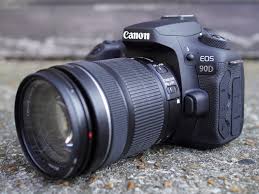
- This type of digital camera is best for professional photography due to the outstanding picture quality and high-resolution videos it produces.
- It is the most costly type of camera which allows interchanging lenses and other accessories to suit the type of photography.
- It has manual controls (shutter speed, aperture, etc) and advanced sensors
- They are bulky to handle.
Recommended DSLR cameras: Canon EOS Rebel T7i and Nikon D850.
2. Bridge cameras

- This camera is less expensive and more portable compared to a DSLR.
- It is a good option for sports and wildlife photography.
- It has manual controls (shutter speed, ISO and aperture), a fixed-lens configuration, a large zoom distance, a viewfinder and a small sensor size.
Recommended bridge cameras: Panasonic LUMIX DC-FZ1000M2 and Sony RX10 IV.
3. Compact cameras
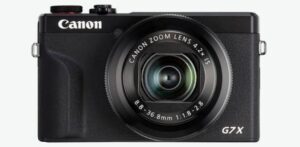
- It is the simplest to use of all types of digital cameras.
- You simply have to point at the object and press the shutter. This makes it to be popularly known as a point-and-shoot camera.
- It is small, durable, affordable and very portable with no extra lens, film or accessories.
- Compact cameras are perfect for beginners due to their automatic settings adjustment and no freedom of adjusting to taste.
Recommended compact cameras: Canon Powershot Elph 190is and Canon PowerShot G3X.
4. Mirrorless cameras
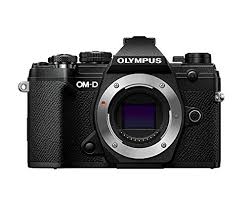
- These cameras offer incredible image quality, 4K videos and quick shutter speed for continuous shooting.
- It is mirrorless because it doesn’t have an internal mirror which reflects light onto the sensor rather light penetrates directly into the sensor. They also have substitutable lenses but not as many as DSLRs.
- They are handy and compact with simpler controls and an electronic viewfinder
Recommended mirrorless cameras: Sony a7R III and Canon EOS M50.
5. Action cameras
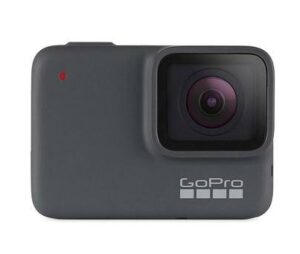
- They are adventure cameras. Their small size allows them to be fitted in unusual places
- They are durable, rugged, versatile and produce high-resolution outputs.
- They have a waterproof casing, mount and other accessories enabling them to be fixed on vehicles, helmets, drones, bodies, etc whenever you don’t want to shoot with hands or even record underwater. This makes the camera able to capture photos and videos at a wide range of almost impossible angles
- It enables remote regulation and live view on your smartphone when connected to the camera.
Recommended action cameras: GoPro cameras and Nikon Coolpix AW 130
6. 360 cameras
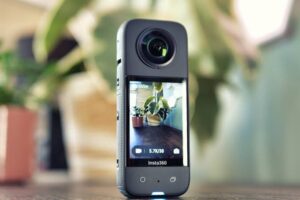
- They are small, waterproof and mountable on different surfaces.
- It is ideal for vacation and social media photos and videos
- Its panorama feature enables it to take striking 360 degrees photos and videos using back-to-back lenses.
Recommended 360 cameras: Insta360 One X and Nikon Keymission360.
7. Rugged cameras

- This type of digital camera is targeted at explorers. They are waterproof, dustproof, shockproof, freezeproof and anti-fog coated which makes them withstand falling from a height or into water.
- Rugged cameras are little and designed for all weathers and terrains
- Due to the prioritization of the tough building of the lens, the overall image quality is usually sacrificed and depreciated.
Recommended rugged cameras: Olympus Tough TG-6 and Fujifilm FinePix XP140.
8. Smartphone cameras
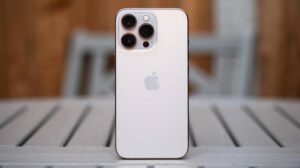
- This is the most used of the different types of digital cameras as everyone has a smartphone.
- They come with incredible features like 8K video, good zooming capacities, removing undesirable items from photos, panorama photos and videos, blur effects, RAW image capture, etc.
- They mostly have dual cameras, one at the front and the back cameras. The front camera can be up to 40MP while the back can be up to 108MP.
- There are also numerous apps for amplifying image quality on a smartphone.
Recommended smartphone cameras: Redmi Note 10 Pro and iPhone 13.
Read more: Simplified Complexity of a smartphone camera


2 comments
Way cool! Some very valid points! I appreciate you writing this post and also the rest of the
website is also very good.
Thank you very much for reading!